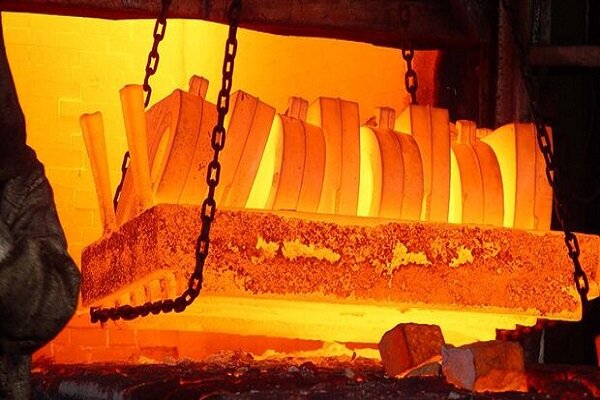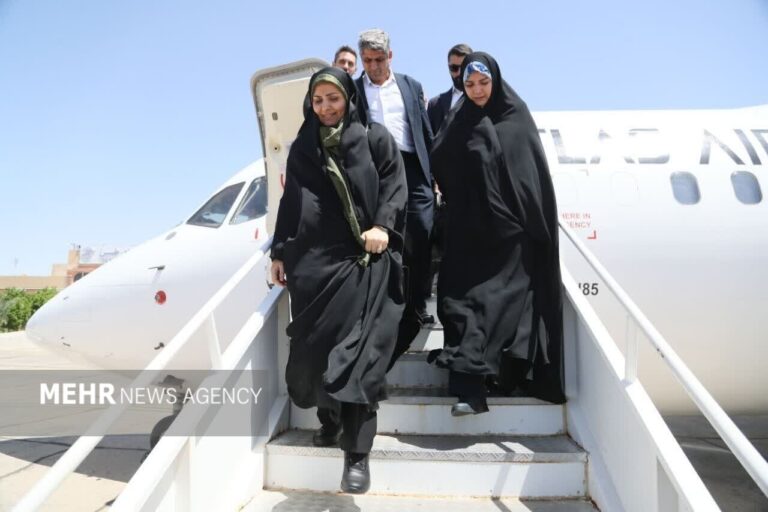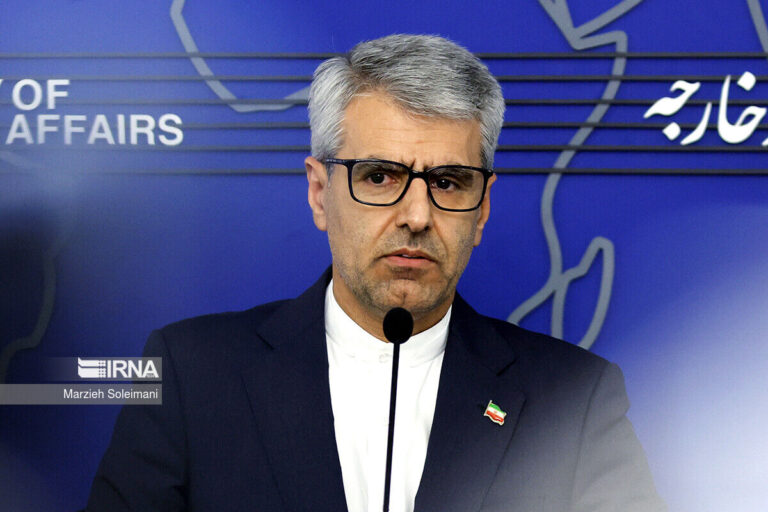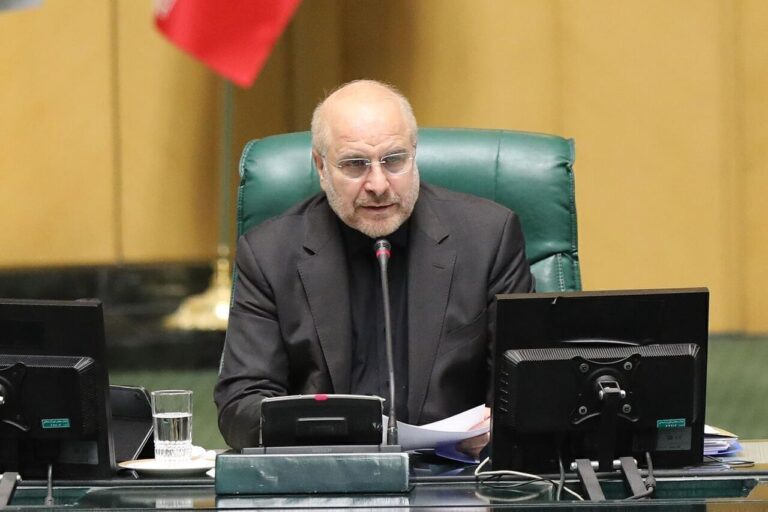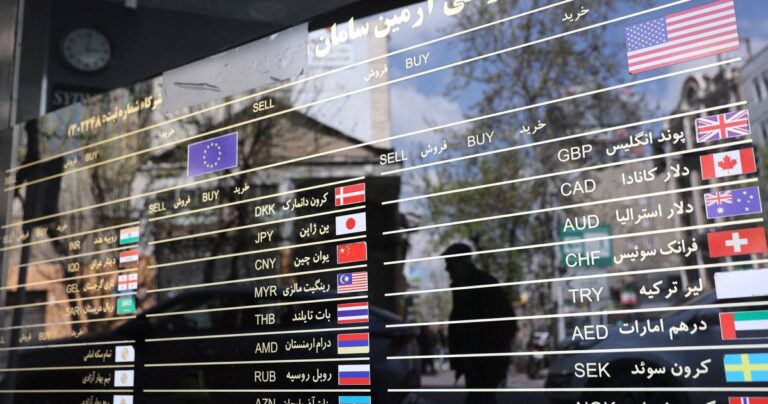Iran Aims for 50 Million Tons of Steel Production by 2025, Says Industry Minister
The steel industry in Iran is poised for remarkable growth, with expectations to surpass a production volume of 50 million tons by the end of the next Iranian calendar year. This significant milestone reflects the advancements made in this crucial sector since the Islamic Revolution. The current production volume of steel products stands at 45 million tons, underscoring the progress that has been achieved.
During a recent statement, industry expert Atabak emphasized the importance of the steel sector, referring to it as one of the strategic industries in Iran. With a track record of growth, the steel industry is not just a cornerstone of the economy, but also a symbol of the nation’s industrial capabilities.
Here are some key points regarding Iran’s steel industry:
- Current Production Levels: The production volume currently sits at 45 million tons.
- Future Projections: Expectations are set for production to surpass 50 million tons by March 20, 2026.
- Significant Progress: The steel industry has seen considerable advancements since the Islamic Revolution.
- Strategic Importance: The steel sector is regarded as a vital component of Iran’s industrial landscape.
Atabak’s remarks highlight the commitment of Iran’s steel producers to enhance their output while maintaining quality standards. The trajectory of growth in this sector is indicative of the country’s broader economic ambitions. By continuing to invest in modern technologies and efficient production processes, Iran aims to establish itself as a key player in the global steel market.
Moreover, the steel industry contributes significantly to job creation and economic development. As production levels rise, there will be an increased demand for skilled labor and a boost in related industries. This ripple effect can lead to a more robust economy and improved living standards for the population.
In addition, the Iranian government has been proactive in supporting the steel sector through various initiatives. These efforts include:
- Investment in Technology: Upgrading machinery and adopting advanced production techniques.
- Infrastructure Development: Enhancing transportation and logistics to facilitate steel distribution.
- Regulatory Support: Implementing policies that foster growth and encourage foreign investment.
As the industry evolves, it is essential for stakeholders to focus on sustainability. The environmental impact of steel production is a growing concern worldwide. Therefore, integrating eco-friendly practices into the production process is vital for the long-term viability of Iran’s steel industry. This includes:
- Reducing Carbon Emissions: Implementing cleaner technologies to minimize environmental footprints.
- Recycling Initiatives: Promoting the use of recycled materials in steel production.
- Resource Management: Ensuring the sustainable use of raw materials.
In conclusion, the Iranian steel industry stands on the brink of significant transformation, with projections indicating a rise in production that will solidify its position in the global market. As the country aims to exceed 50 million tons of crude steel production by the end of the next Iranian calendar year, it is crucial for all stakeholders to work collaboratively towards achieving this goal while maintaining sustainability and economic growth. The future looks promising for Iran’s steel sector, reflecting the resilience and determination of its people and leaders.
With continued advancements and strategic planning, the Iranian steel industry is set to play a vital role in the nation’s economy and its aspirations for a prosperous future.
